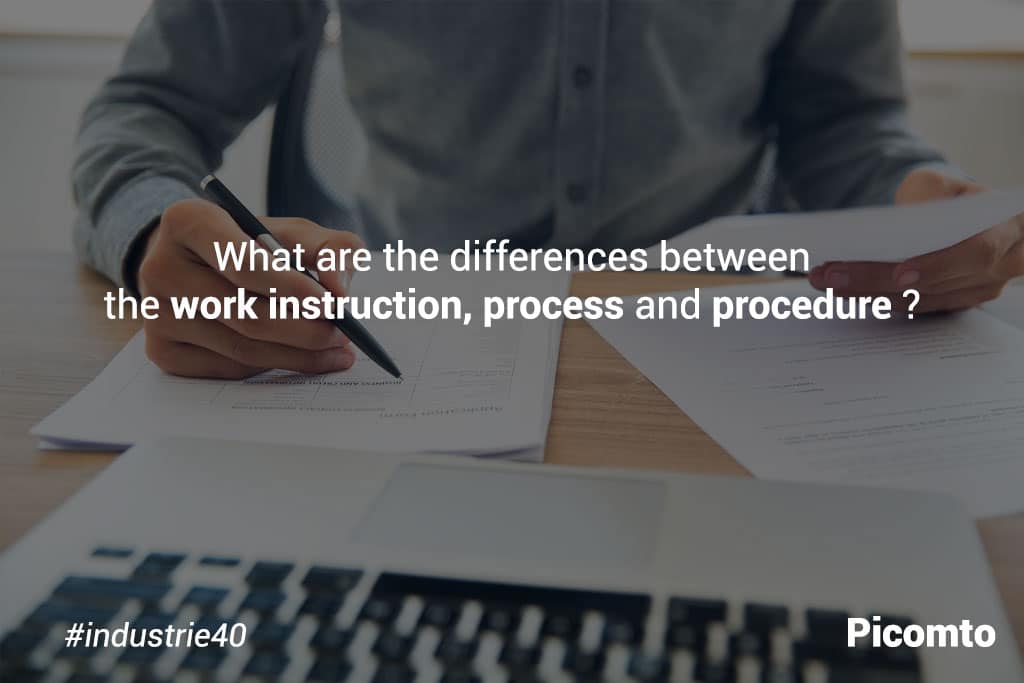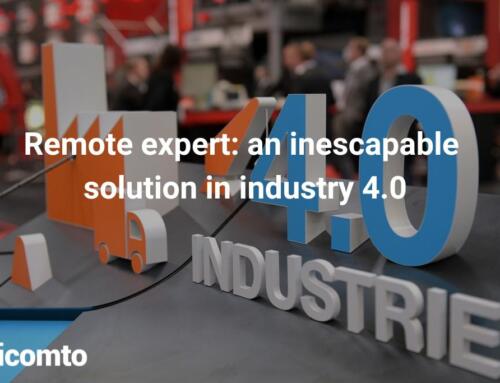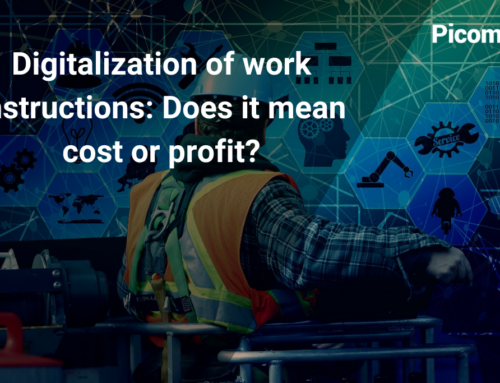
The terminology of the industry has such a great amount of written concepts and notions that it becomes essential to know in order to set up and guarantee an effective organization. Identifying them precisely makes establishing and maintaining industrial documentation that can be seamlessly adapted to the needs and objectives of the company.
The work instructions, the process and the set of procedures can sometimes be confused with each other by misuse of language or ignorance. Of course, these are three quite different and distinct notions and you have to understand their specification and the differences between them. So, how to create work instructions?
Work Instruction : the “how” of a procedure
The work instructions answers to the question “how?” in the procedure, which will be discussed later in this article.
Actually, the work instructions specify the actions to be taken in order to perform a given task at a given position and the description of these actions in simple steps. They must be acutely done in great detail, may also relate to the workflow of operations sequences from one post to another.
When it comes to the industrial documentation, the work instruction is described through text content, but nothing prevents you to enrich your notebook by visual formats (pictures, videos..). Nowadays, thanks to up-to-date digital media, the visual elements are not only more easily integrated, but they are also recommended because they make the understanding of instructions easier for the operators who are responsible for their execution.

The process, or sequence of activities that make up the value chain
To adhere to the definition of the European Foundation for Quality Management (EFMQ), the process is “the means by which the organization implements and deploys the skills of its staff to produce results”.
But more generally, the process refers to both the sequence of activities and the step-by-step procedures in the company’s value chain and the resources deployed to achieve them. Of courses, by resources, we mean the human and material means. In a nutshell, it covers all the stages of transformation of input data (raw materials) into output data (finished products) that is to say the product lifecycle. The culmination of a process can be either the delivery to the customer or its consumption, internally, by another process.
The evaluation of its performance will be based on its ability to provide customer satisfaction or to guarantee the quality of the result before moving to the next process. As a result, the improvement and continuous revision, through a process approach, of the flows that make it up is a capital issue.
The procedure : who does what?
For its part, the procedure describes the organization. To be more specific, it is the set of rules for an activity. It describes the working method and the operating process, as well as the different actors (operators and services) that will carry out the tasks.
To push a little bit further, a procedure is made to answer the question “who does what? Without going into so much detail as the “how?” question. It also mentions the tools used to apply the method of work. Here, we speak of “treatments” to designate them.
These procedures have to be specified and aggregated in a written document and must be included in the company industrial documentation.





Leave A Comment